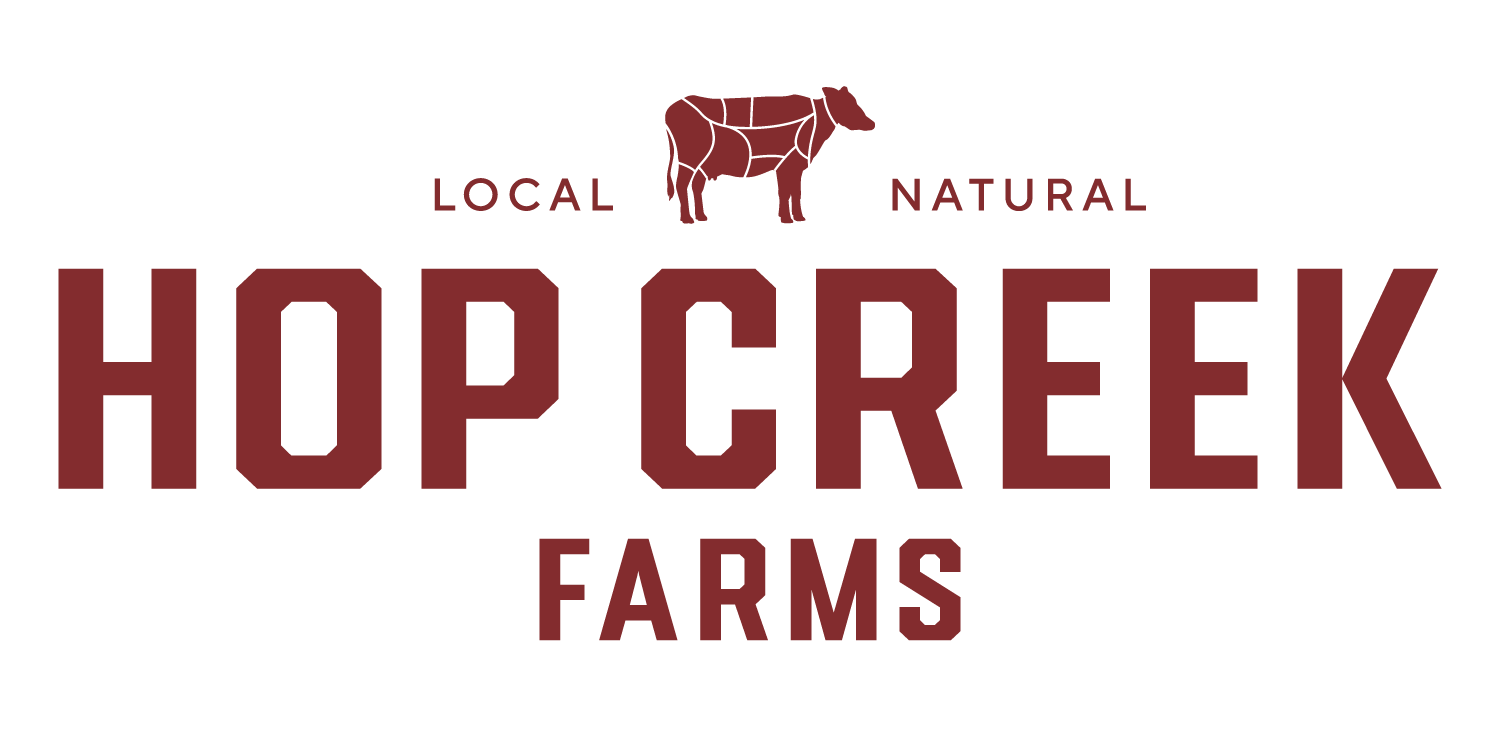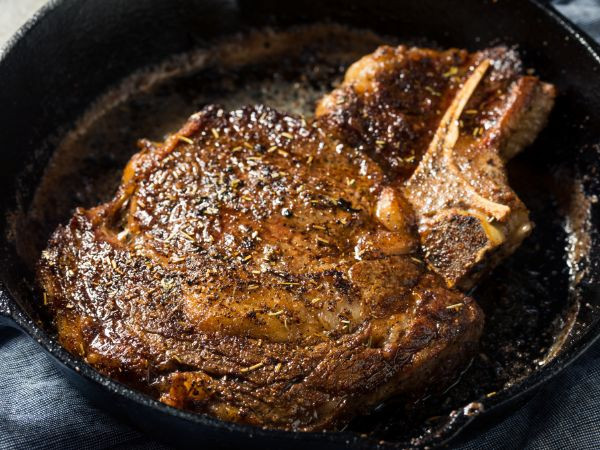Understanding Beef Cuts
posted on
April 25, 2024
Understanding beef cuts and where they come from can be daunting, yet understanding these various segments is essential for culinary excellence and economic savvy. Selecting the right cut of beef not only influences the flavour and tenderness of your meal but also impacts your budget and cooking method of choice. Whether grilling a tenderloin steak, slow-cooking a beef brisket, or preparing a hearty pot roast, knowledge of beef cuts can transform your culinary experience. This guide aims to demystify the options available at your local butcher or supermarket, ensuring you make informed decisions that elevate your dining experience.
Thanks to The Beared Butchers from this video, showing the different cuts of beef from the Beef diagram.
Video by The Bearded Butchers
Learning the Beef Cuts Chart
The division of beef into various cuts is primarily based on two main sections: the front quarter and the hindquarters. Each of these sections yields specific cuts that are distinct in texture, flavour, and ideal cooking methods.
Front Quarter
The front quarter of the cow, also known as the forequarter, includes the neck, shoulder, beef brisket, rib, and front leg. Cuts originating from this section tend to contain a higher fat content and more connective tissues, making them ideal for slow-cooking methods.
For instance, the chuck roast, derived from the shoulder area, is perfect for pot roasts or stews due to its richness in flavour and tenderness achieved through slow cooking. Similarly, the brisket at the lower chest or breast is favoured for its marbling and is often slow-cooked or smoked to enhance its tenderness and flavour.
Hindquarter
Conversely, the hindquarter, or rear of the cow, comprises the loin, sirloin, tenderloin, round, and rear leg. This section generally yields leaner cuts suitable for quick-cooking techniques like grilling or searing.
The tenderloin steak, known for being the most tender cut of beef, comes from this area and is highly prized for its tenderness and minimal fat. The strip loin and rib steak also come from the hindquarter, offering a balance of tenderness and flavour ideal for grilling or broiling.
Understanding the distinction between the front and hindquarters is crucial for selecting the right cut of beef for your cooking method and desired dish outcome. This knowledge enables consumers to tailor their beef choices to their culinary needs, promising a rewarding cooking and dining experience.

Breaking Down the Beef Diagram
The beef diagram, often found in butcheries and meat guides, is pivotal in helping chefs and consumers identify the various cuts of beef available. This diagram is a graphical representation of a cow, divided into sections corresponding to the different areas from which specific cuts are sourced.
By understanding this diagram, individuals can visually correlate each part of the animal with its respective cuts, making it significantly easier to understand where their meat comes from and its characteristics.
The significance of the beef diagram extends beyond simple identification; it educates consumers on the diversity of cuts, enabling them to make informed decisions based on their cooking needs, flavour preferences, and budget constraints.
Whether looking for a tender cut for a quick sear or a marbled piece for slow roasting, the beef diagram acts as a comprehensive guide. Furthermore, by familiarizing themselves with this diagram, consumers can explore lesser-known cuts that offer great taste and value, broadening their culinary repertoire and potentially leading to more sustainable meat consumption patterns.
Front Quarter Cuts
The front quarter of beef, or the forequarter, is where many flavorful and tender cuts originate. These cuts are often characterized by more marbling and connective tissues, making them ideal for braising, stewing, and slow-roasting to achieve optimal tenderness and flavour.
Chuck
Located near the neck and shoulders, chuck cuts are known for their rich flavour and are commonly used for ground beef, pot roasts, and chuck roasts. The marbled fat makes it perfect for low and slow cooking methods.
Breast
The brisket is taken from the breast section under the first five ribs. Brisket is best known for its use in barbecue and Jewish corned beef. It's a tough cut that requires long, slow cooking to break down the connective tissue, resulting in tender, flavorful meat.
Rib
The rib section yields some of the most sought-after cuts for grilling and roasting, including ribeye steaks and prime rib. The meat from this area is tender, well-marbled, and rich in flavour.
Short Plate
Situated just below the rib section, the plate produces cuts like the skirt steak, known for its strong beef flavour. Ideal for quick, high-heat cooking methods such as grilling, it's often used in dishes like fajitas.
Mastering the nuances of the front-quarter beef cuts expands your culinary possibilities and allows you to choose the best cut for your cooking method, taste preferences, and budget.
Hindquarter Cuts
The hindquarter of beef is highly regarded for producing some of the most sought-after and premium cuts, offering a range of textures and flavours suited to various cooking methods. This section of the cow yields generally leaner and more tender cuts than those from the front quarter, making them prime choices for quick cooking methods like grilling, pan-frying, and roasting. Here's an overview of the notable cuts from the hindquarter:
Sirloin
The sirloin sits between the short loin and the round, offering a perfect balance of flavour and tenderness. It's further divided into top sirloin, which is more tender and suited for grilling or pan-searing, and bottom sirloin, which is less tender and often used for roasts.
Tenderloin
Regarded as the most tender cut of beef, the tenderloin is a prized component of the hindquarter. It's the source of filet mignon and chateaubriand, cuts known for their soft texture and lean, buttery taste. Tenderloin can be roasted whole or cut into steaks and cooked quickly over high heat to preserve its tenderness and flavour.
Round
This section comes from the cow's rear leg and is leaner and less tender than cuts from the sirloin or tenderloin. The round is divided into top round, bottom round, and eye of round. These cuts are best for slow cooking methods like braising and stewing, although some, like the top round, can be cooked quickly if sliced thin.
Flank
The flank steak is a long, flat cut known for its rich flavour and firm texture. It's best marinated and cooked quickly over high heat, then sliced thinly against the grain to maximize tenderness. Flank steak is often used in dishes like fajitas and stir-fries.
Short Loin
Part of the short loin section falls into the hindquarter, giving us the T-bone and porterhouse steaks, including portions of the tenderloin and a tasting strip. These cuts are celebrated for grilling due to their rich flavour and juicy tenderness.
Skirt Steak
Like the flank, the skirt steak offers intense flavour but comes from the diaphragm muscles of the cow. It's extremely flavorful and benefits from marinating and quick, high-heat cooking, making it ideal for Mexican dishes like tacos and fajitas.
The hindquarter cuts are fundamental to gourmet cuisine, offering beef enthusiasts various options ranging from luxurious and tender steaks to flavorful, lean cuts perfect for slow-cooking recipes. Cooking techniques and dishes vary widely across cultures, reflecting the global appreciation for this versatile part of the cow.
Shank
Coming from the leg portion of the front quarter, the shank is primarily used for its marrow. It's a tough cut often used in stews and soups, benefiting from slow cooking to make it tender.
Importance of Knowing Beef Cuts
Knowledge of the various cuts of beef not only empowers a person to select the most appropriate pieces for their culinary needs but also allows them to make cost-effective choices.
Being familiar with the characteristics of premium and more economical cuts enables individuals to select alternatives that offer a similar texture and flavour profile without breaking the bank. This insight is particularly valuable when budget constraints are considered, yet quality and satisfaction cannot be compromised.
Knowing which beef cuts you need enhances the overall cooking and dining experience, as it guides users in choosing the right cooking methods for each type of cut, ensuring that the beef's inherent flavours and textures are fully appreciated. By educating themselves on the diversity of available beef cuts, consumers can elevate their meals from ordinary to extraordinary while exploring new and exciting culinary possibilities.
Get Your Cuts of Beef at Hop Creek Farms
Beef cuts are vast and varied, offering something for every taste, occasion, and budget. Whether you're drawn to the luxurious tenderness of a ribeye steak, the robust flavour of chuck for your stews, the lean versatility of sirloin, or the economic appeal of the round tip, each cut brings its unique characteristics to the table.
At Hop Creek Farms, we pride ourselves on supplying a wide variety of high-quality beef cuts that are meticulously sourced and expertly prepared to meet your culinary needs. Now that you know what makes each cut special, we invite you to explore our selection and find the perfect beef cuts for your next meal.
Enhance your dining experience by choosing the right cut for your cooking style and taste preferences.
Visit our online shop today to order your beef cuts.







